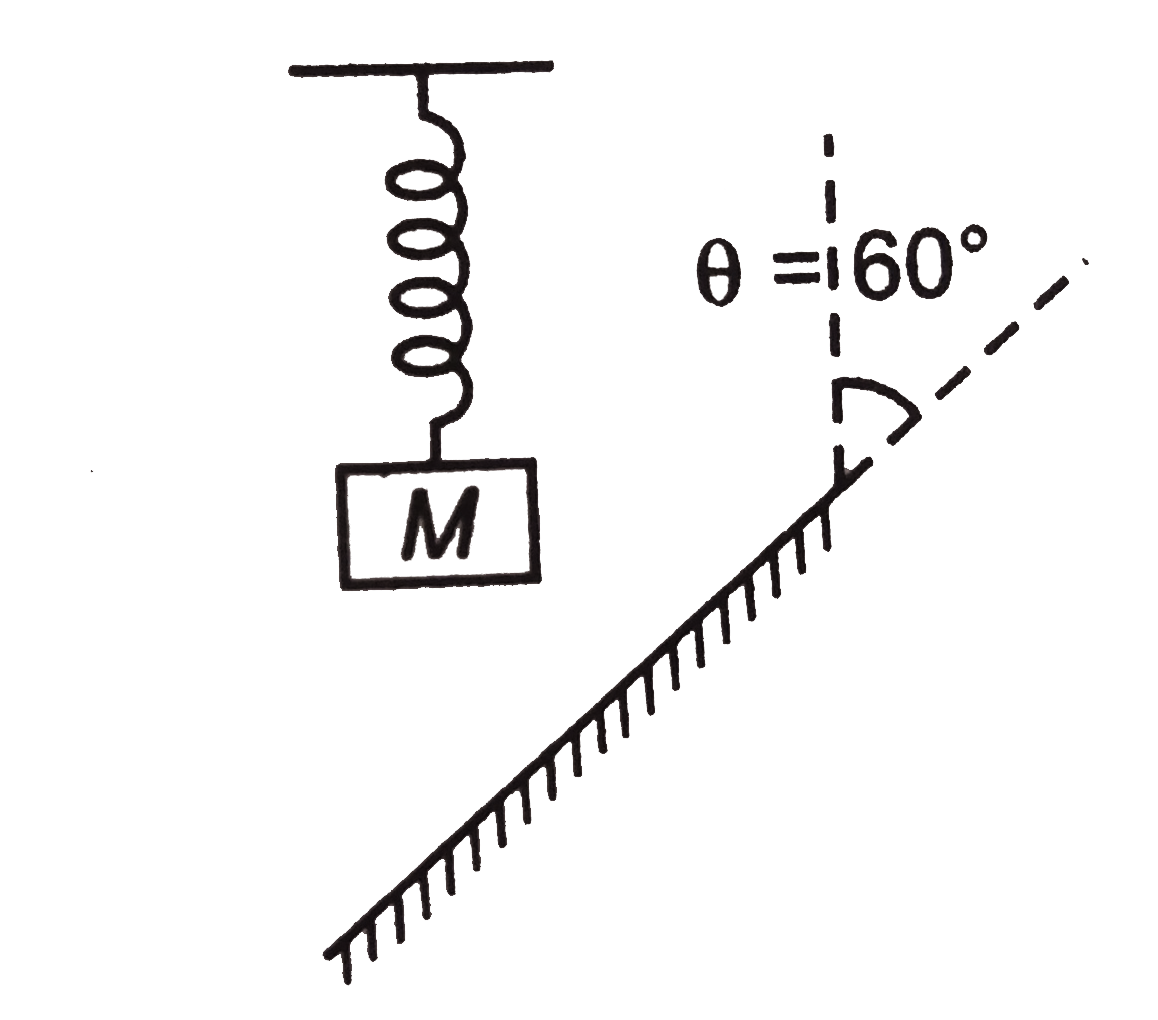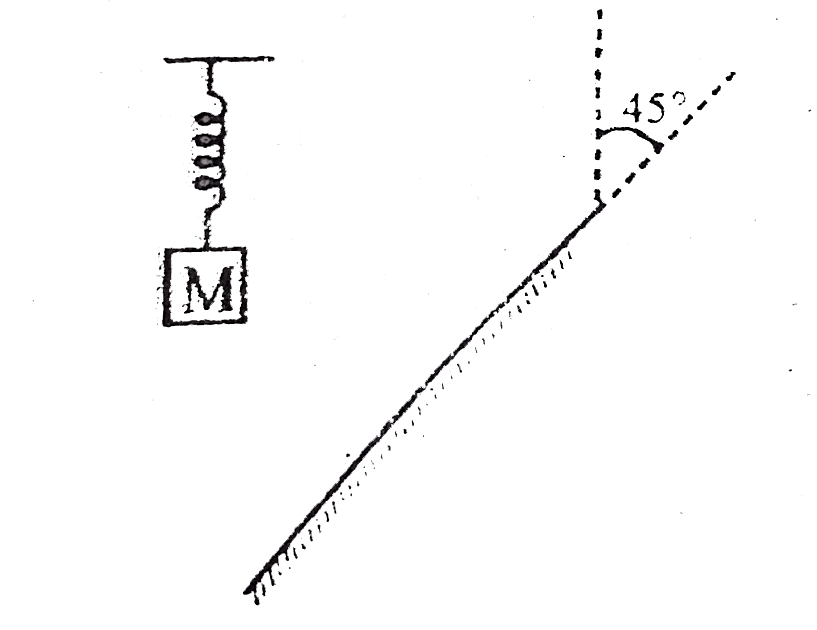The piston in the cylinder head of a locomotive has a stroke (twice the amplitude) of 1.0m. If the piston moves with simple harmonic motion with an angular frequency of 200rev/min., what is its maximum speed ?
To find the maximum speed of the piston in simple harmonic motion, we can follow these steps:
Step 1: Understand the given data
- The stroke of the piston is 1.0 m, which is twice the amplitude (A).
- The angular frequency (ω) is given as 200 revolutions per minute.
Step 2: Convert the stroke to amplitude
Since the stroke is twice the amplitude:
Amplitude(A)=Stroke2=1.0m2=0.5m
Step 3: Convert angular frequency from revolutions per minute to radians per second
To convert from revolutions per minute (rev/min) to radians per second (rad/s), we use the conversion factor:
1rev=2πrad
1min=60s
Thus, the conversion is:
ω=200rev/min×(2πrad1rev)×(1min60s)
Calculating this gives:
ω=200×2π60≈20.944rad/s
Step 4: Calculate the maximum speed
The maximum speed (V_max) in simple harmonic motion is given by the formula:
Vmax=A⋅ω
Substituting the values we found:
Vmax=0.5m×20.944rad/s
Calculating this gives:
Vmax≈10.472m/s
Final Answer
The maximum speed of the piston is approximately 10.472 m/s.
---
- The stroke of the piston is 1.0 m, which is twice the amplitude (A).
- The angular frequency (ω) is given as 200 revolutions per minute.
Since the stroke is twice the amplitude:
Amplitude(A)=Stroke2=1.0m2=0.5m
To convert from revolutions per minute (rev/min) to radians per second (rad/s), we use the conversion factor:
1rev=2πrad
1min=60s
Thus, the conversion is:
ω=200rev/min×(2πrad1rev)×(1min60s)
Calculating this gives:
ω=200×2π60≈20.944rad/s
The maximum speed (V_max) in simple harmonic motion is given by the formula:
Vmax=A⋅ω
Substituting the values we found:
Vmax=0.5m×20.944rad/s
Calculating this gives:
Vmax≈10.472m/s
The maximum speed of the piston is approximately 10.472 m/s.
Topper's Solved these Questions
Similar Questions
The amplitude of a particle executing simple harmonic motion with a frequency of 60 Hz is 0.01 m. Determine the maximum value of the acceleration of the particle.
View SolutionAn insect of negligible mass is sitting on a block of mass M, tied with a spring of force cosntant k. The block performs simple harmonic motion with amplitude A in front of aplane mirror as shown, teh maximum speed of insect relative to its image will be
 View Solution
View Solution
Knowledge Check
- Question 1 - Select One
The piston in the cylinder head of a locomotive has a stroke (twice the amplitude) of 6.0m. If the piston moves with simple harmonic motion with an angular frequency of 200radmin, what is its maximum speed ?
A5ms−1B10ms−1C15ms−1D20ms−1 - Question 2 - Select One
A simple harmonic oscillator has a frequency of 2.5 Hz and an amplitude of 0.05m. What is the period of the oscillations?
A0.4sB0.2sC8sD20s
The equation of a damped simple harmonic motion is md2xdt2+bdxdt+kx=0. Then the angular frequency of oscillation is
View SolutionA small point mass m has a charge q, which is constrained to move inside a narrow frictionless cylinder, At the bae of the cylinder is point mass of charge Q having the same sign as q. If the mass m is displaced by a small amount from its equilibrium position and released. it will exhibit simple harmonic motion. Find the angular frequency of the mass?
 View Solution
View Solution
An insect of negligible mass is sitting on a block of mass M, tied with a spring of force constant k. the block performs simple harmonic motion with amplitude A in front of a plane mirror placed as shown in the figure the maximum speed of insect relative to its image will beView SolutionIn an engine the piston undergoes vertical simple motion with amplitude7cm. A washer rests on top of the piston and moves with it. The motor speed is slowly increased. The frequency of the piston at which the washer no longer stays in contact with the piston, is close to :-
View SolutionAn insect of negligible mass is sitting on a block of mass M, tied with a spring of force constant K. The block performs simple harmonic motion with amplitude A infront of a plane mirror placed as shown. The maximum speed of insect relative to its image will be
 View Solution
View SolutionA body is vibrating in simple harmonic motion with an amplitude of 0.06 m and frequency of 15 Hz . The velocity and acceleration of body is
View Solution
